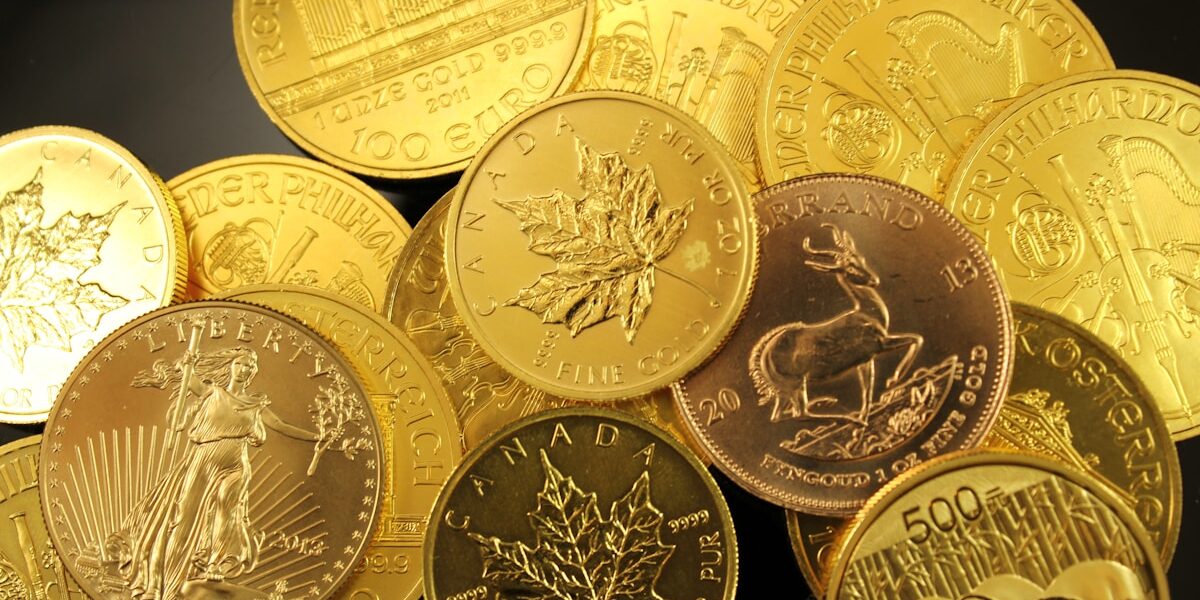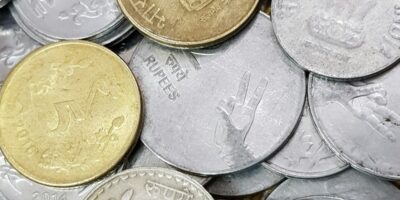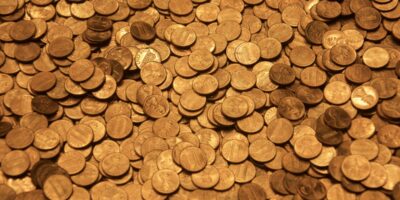What To Do With Inherited Coin Collection
What To Do With Inherited Coin Collection
Inheriting a coin collection can be both exciting and daunting. Whether the coins are a family heirloom or an unexpected windfall, understanding their value and potential is essential. Here are clear steps to navigate this new treasure trove.
Organize and Inventory the Collection

First, take the time to organize and inventory the collection. Spread the coins out on a clean surface. Group them by type, country, and age. Use a magnifying glass to inspect for details. Note any unique features, dates, or mint marks. A thorough inventory is crucial for accurate valuation and documentation.
Research and Identify Coins
Research each coin to identify its origin and potential value. Use coin guides, numismatic books, and online resources. Websites like Numista and CoinArchives are helpful. Look for identifying marks, denominations, and historical context. Understanding these aspects helps in determining rarity and demand.
Determine the Condition
Coin condition significantly influences value. Grading ranges from Poor to Mint State. Inspect coins for wear, scratches, and discoloration. Professional grading services like PCGS or NGC can provide certified assessments. Accurate grading ensures fair transactions if you decide to sell or insure the collection.
Store the Collection Properly
Proper storage is crucial to preserve coin value. Use coin holders, albums, or flips made from archival-quality materials. Avoid PVC holders as they can damage coins over time. Keep the collection in a cool, dry place, away from sunlight and humidity. Handling coins with clean, dry hands or gloves can prevent oils from causing tarnish.
Consult with Experts
Consulting with coin dealers or numismatic experts provides valuable insights. They can help authenticate coins, identify rare pieces, and give an idea of market trends. Attend local coin shows or join numismatic clubs to connect with knowledgeable individuals. Expert opinions add credibility and depth to your understanding.
Assessing Value
Assessing the value of a coin collection involves multiple factors. Rarity, demand, historical significance, and condition all play roles. Use price guides, auction results, and expert appraisals. Keep in mind, market values fluctuate. Regularly update your research to stay informed about current prices.
Decide Whether to Keep or Sell
Decide whether to keep the collection or sell it. If you appreciate history and enjoy collecting, keeping it might be fulfilling. Selling the collection requires understanding market dynamics and finding reputable buyers. Local coin shops, online marketplaces, and auction houses are common venues. Each option has its pros and cons regarding convenience, fees, and potential returns.
Understanding Tax Implications
Understand the tax implications of selling inherited coins. In some regions, sales may be subject to capital gains tax. Consult with a tax advisor for guidance. Properly documented inventory and expert appraisals can support accurate tax reporting.
Insure the Collection
If you decide to keep the collection, insuring it is wise. Obtain an appraisal for the collection’s value. Contact insurance providers to discuss coverage options. Include the collection in your home insurance policy or purchase a separate policy. Insurance protects against theft, loss, or damage.
Preserve the Legacy
An inherited coin collection often carries sentimental value. Document its history and significance. Write down stories or memories associated with the coins. This adds depth to the collection’s value and preserves its legacy for future generations. Sharing this information with family can enhance appreciation and connection to the collection.
Learning and Enjoying the Hobby
Immersing yourself in coin collecting can be deeply rewarding. Join numismatic societies or clubs to expand your knowledge. Attend coin shows, exhibitions, and educational workshops. The community and resources available can enrich your experience and spark a lifelong interest in coin collecting.
Detecting Counterfeits
Be vigilant about detecting counterfeit coins. Modern technology makes counterfeiting more sophisticated. Use reference materials and consult experts. Familiarize yourself with common counterfeit detection methods, such as weight measurements, magnetic tests, and microscopic inspections. Staying informed helps protect the integrity of the collection.
Donate to Museums or Educational Institutions
Donating a coin collection to museums or educational institutions is an option. It ensures the collection is preserved and appreciated by the public. Contact institutions that might be interested. Provide detailed information about the collection’s historical and educational value.
Consider Future Generations
Consider creating a plan for bequeathing the collection to future generations. Document its value and significance. Provide instructions for care and maintenance. This ensures the collection continues to be cherished and maintained over time.
Maintaining Records
Keep detailed records of the collection. Include inventory lists, appraisal documents, purchase receipts, and correspondence with experts. Accurate records are essential for insurance, taxes, and eventual sale. They also serve as a valuable resource for future stewards of the collection.



